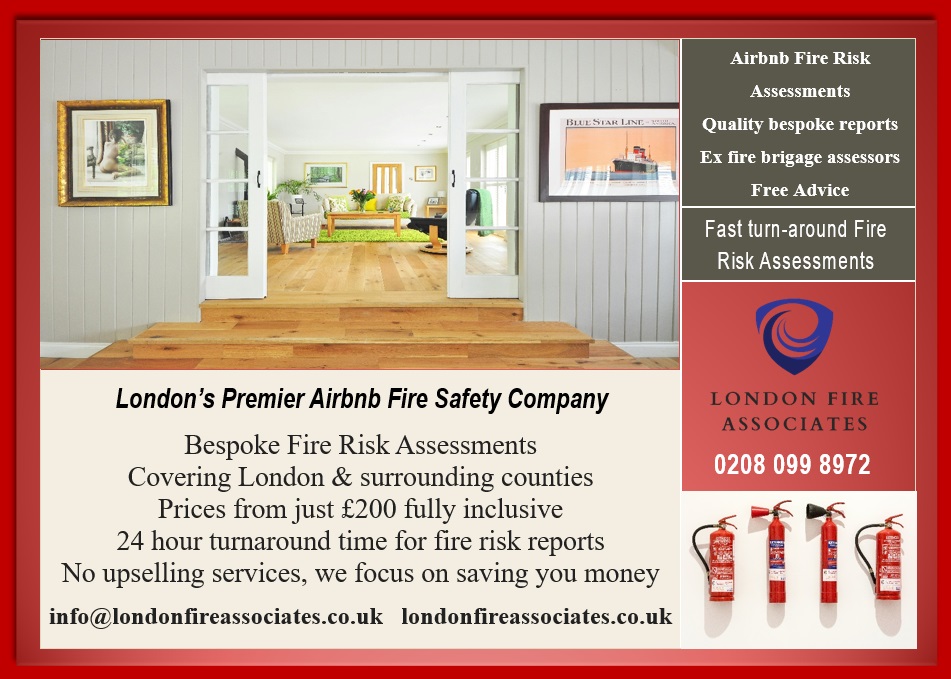What fire safety rules and regulations are in effect right now in the UK?
You have a legal obligation to make sure your building or workplace is safe for the people using it. If you are a ‘responsible person’ , ie. you are in charge of a business or commercial property, then you are responsible for lowering the danger of a possible fire occurring.
You are required by law to do routine fire risk assessments and make sure your property is equipped with sufficient fire safety measures, including fire alarms and extinguishers. These need to be serviced, tested, and maintained on a regular basis. Failure to do so may result in personal injury, financial penalties, or even incarceration.
The Regulatory Reform (Fire Safety) Order 2005 governs the rules for fire safety in England and Wales. Part 3 of the Fire (Scotland Act) 2005 governs them in Scotland, while Part 3 of the Fire and Rescue Services (Northern Ireland) Order 2006 and the Fire Safety Regulations (Northern Ireland) 2010 govern them in Northern Ireland.
What exactly is a fire risk assessment?
A fire risk assessment looks at the risks that a fire poses to a building and the occupants. Every building or premises is different so each one requires a bespoke assessment.
Anyone who is in charge of a business or commercial property, usually referred to as the “duty holder,” is required by law to carry one out on a regular basis. This comprises of proprietors of businesses, owners of commercial buildings, employers, landlords, and proprietors of public buildings.
These important phases are typically followed by a fire risk assessment:
- Identify potential fire threats, such as
- -Ignition sources that could cause a fire. These include anything that gets extremely hot or sparks, such as heaters, lighting, any open flames, and electrical apparatus.
- -Easy sources of fuel that burn. Paper, rubber, plastic, wood, cardboard, and foam are a few of these.
- -Be sure to consider any sources of oxygen, such as the air.
- Identify the vulnerable parties
- Consider the dangers
- Eliminate risks or find ways to lessen risks and increase safety, such as by adding or upgrading fire alarm systems, fire extinguishers, and other fire safety gear, or by upgrading training.
- Develop an emergency plan and give building occupants any necessary training.
- Regularly review and update your fire risk assessment.
How frequently should I conduct a fire risk assessment?
A fire risk assessment should be performed at least once each year.
Can I evaluate the fire risk on my own?
Yes, the duty bearer is allowed to conduct fire risk assessments, and the government provides instructions to assist various business types in doing so.
However, if you have many sites or are unsure that you can meet the requirements, you might wish to seek professional assistance. Inadequate fire risk assessments can result in human and economic losses.








